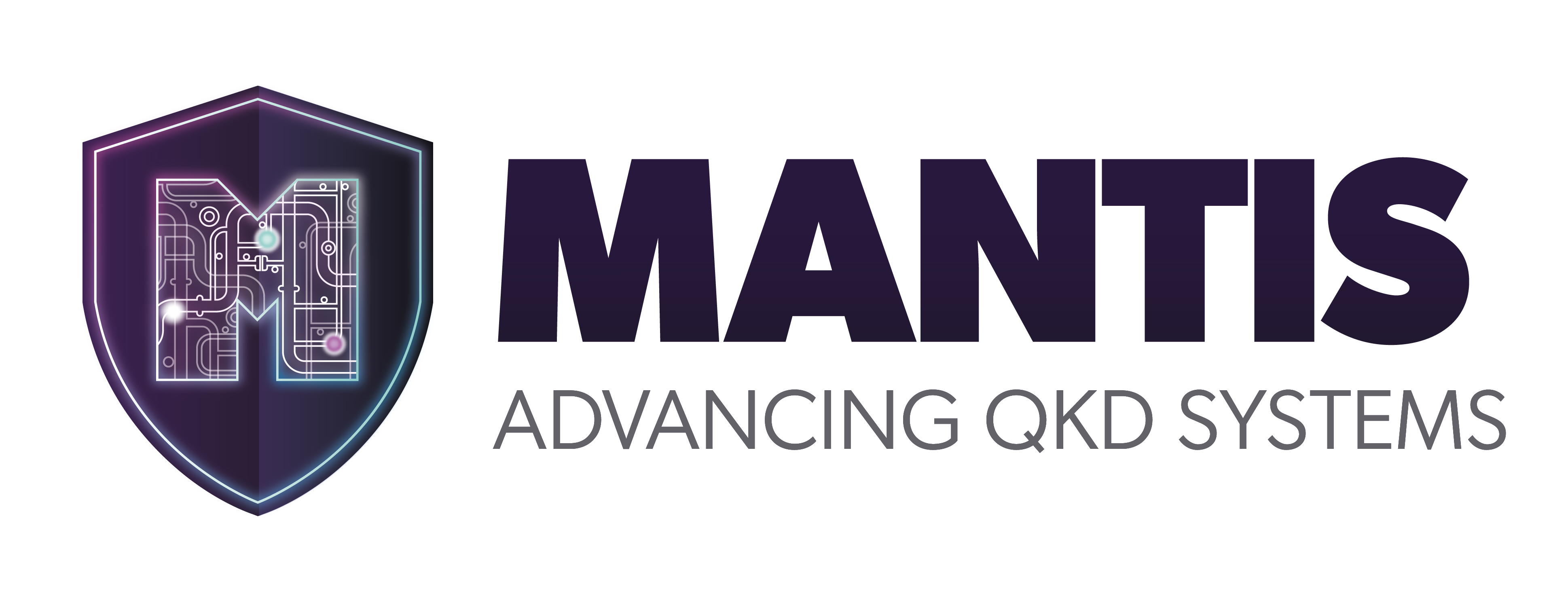New research project MANTIS aims to protect critical infrastructure with the help of quanta
Preventing cyberattacks on gas control systems & co.
Secure gas control systems, power lines or communication networks are essential and therefore count as critical infrastructure. In view of the threat of cyberattacks, a new research project led by the Fraunhofer Institute for Applied Optics and Precision Engineering IOF in Jena aims to protect these networks from hacker attacks using modern quantum technology. The MANTIS project is specifically researching the advantages of so-called MDI-QKD over conventional QKD methods. The five-million-euro project was now officially launched with a kick-off event.
"The recent floods in southern Germany have shown what it can mean when electricity, gas or heat supplies collapse," says Dr. Christopher Spiess. The Fraunhofer researcher is coordinating the MANTIS project, which started its three-year term today with a kick-off in Jena.
The purpose of the project is to revolutionize the security of critical infrastructures such as gas pipeline networks, power lines and communication systems. In the digital age, it is not only natural forces, but above all cyberattacks by human hands that pose an acute threat to the security of such networks.
MANTIS therefore aims to make these networks more robust against such attacks. The technology at the heart of the research and development work is quantum communication, in particular quantum key distribution (QKD). This uses the principles of quantum physics to create highly secure communication channels.
New level of safety thanks to QKD independent of measuring devices
The MANTIS project wants to go one important step further than standard QKD: The project aims to develop a measurement-device-independent and chip-based QKD (MDI-QKD). The use of gas pipeline networks will be investigated as a specific application. The abbreviation MANTIS therefore stands for: "Messgerätunabhängige QKD und sichere Systemsynchronisation für ANwendungen in GasleiTsystemen und kritischer InfraStruktur" (engl.: measurement-device-independent QKD and safe system synchronization for applications in gas control systems and critical infrastructure).
MANTIS thus addresses one of the biggest challenges in the implementation of traditional QKD systems: so-called side-channel attacks. These can occur with standard QKD if attackers have access to the measuring devices that are used to decrypt the quantum keys at the receiver.
"With standard QKD, the receiver's measuring devices are in a secure environment. This prevents unauthorized access from outside," explains project manager Christopher Spiess. "However, if an attacker were to gain physical access to the measuring devices, then standard QKD is no longer secure."
Advantages of MDI-QKD compared to standard QKD
In contrast, MDI-QKD, which is the focus of the MANTIS project, is a special form of QKD. Here, several users transmit quantum signals to a central node. By checking the correlation of measurement results, the confidentiality of the key exchange is guaranteed and a number of known attack vectors on the detection system are ruled out.
Unlike standard QKD, MDI-QKD enables the secure exchange of quantum keys even if an attacker has physical access to the measuring devices. "All measuring devices can practically be directly in the hands of a hacker. However, access to the measuring devices is of no use to the attacker, as the MDI-QKD protocol ensures that the measurement information is unusable for the eavesdropper," continues Spiess. "With MANTIS, we are setting a new level in quantum communication. MDI-QKD goes beyond traditional approaches and therefore offers maximum security even under extreme conditions."
Twin-field QKD: "An important milestone towards extreme distances"
The MANTIS project is also intended to be an important step towards twin-field QKD (TF-QKD). In contrast to conventional methods, in which the sender and receiver communicate directly with each other, MANTIS introduces a third point – an intermediate station. This setup is very similar to TF-QKD, where high-precision stabilization of the paths also plays a role. This stabilization enables TF-QKD to achieve particularly long transmission distances.
"Current research shows that distances of up to 1,000 km can be bridged in optical fiber with TF-QKD," explains Spiess. "Building on the project in MANTIS, such a twin-field protocol is planned for the future. The work in the MANTIS project is therefore also an important milestone towards extreme distances for quantum communication."
Project partners in the MANTIS project
The MANTIS project will be implemented with a budget of 5.11 million euros. Around 1.45 million euros of this will go to Fraunhofer IOF in Jena. The research and development project is scheduled until 2027 and is supported by the German Federal Ministry of Education and Research (BMBF) with a funding share of 86%.
In addition to Fraunhofer IOF, the partners include the Fraunhofer Institute for Integrated Circuits IIS/EAS in Dresden and the Fraunhofer Institute for Applied Information Technology FIT with its Aachen site. The Universität Münster and the company PSI Software SE from Berlin are also part of the consortium.
